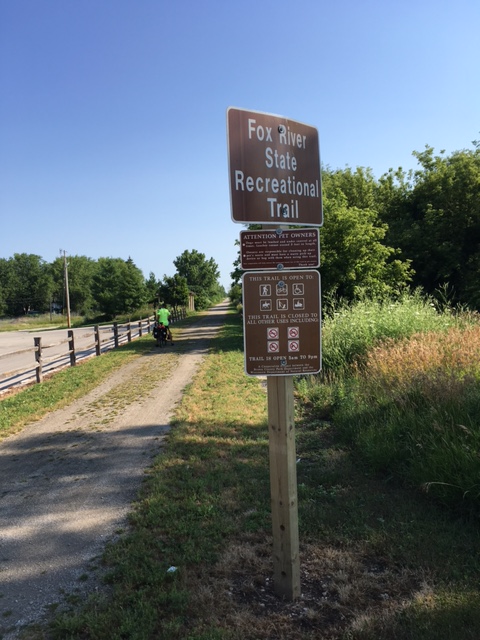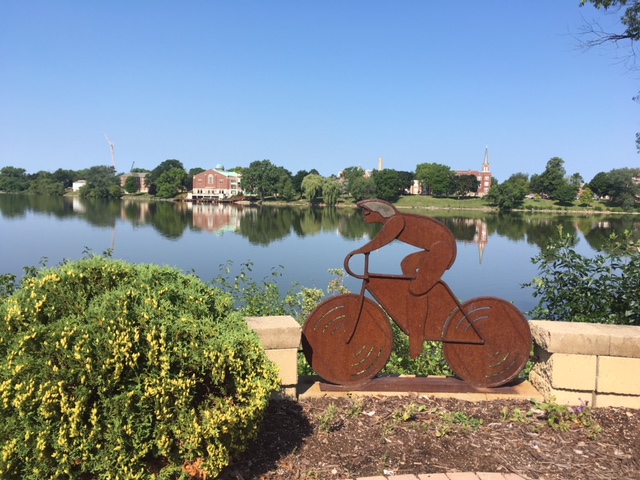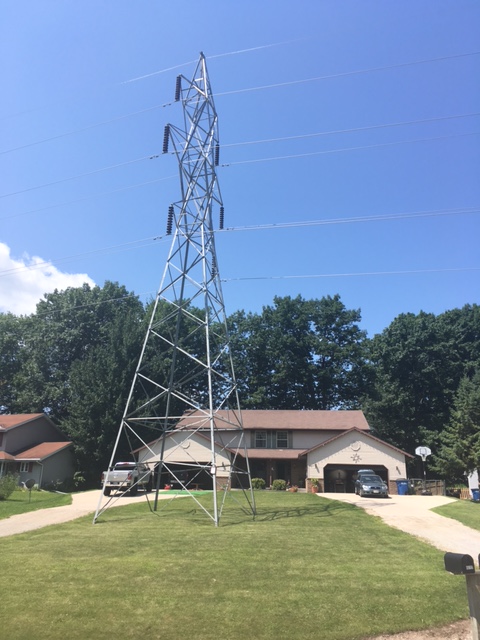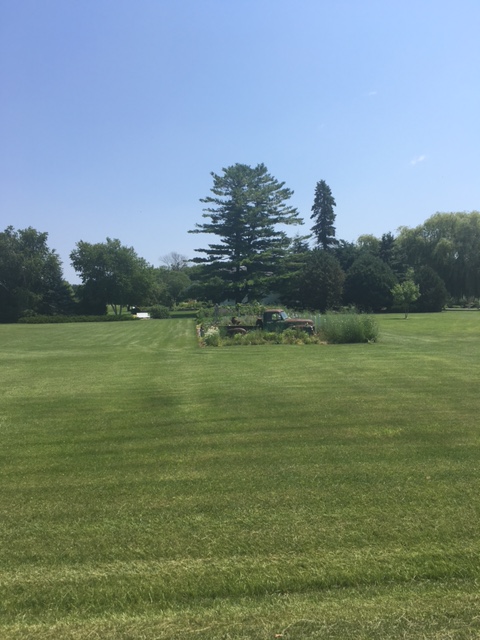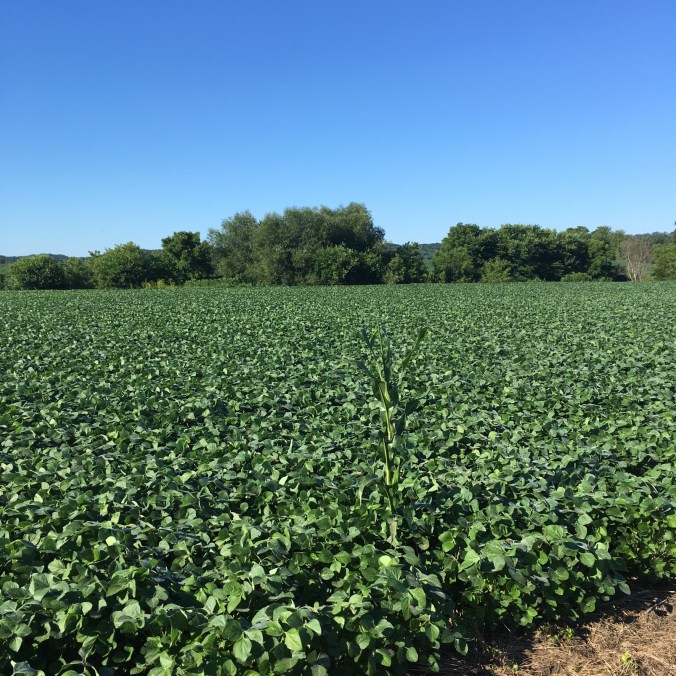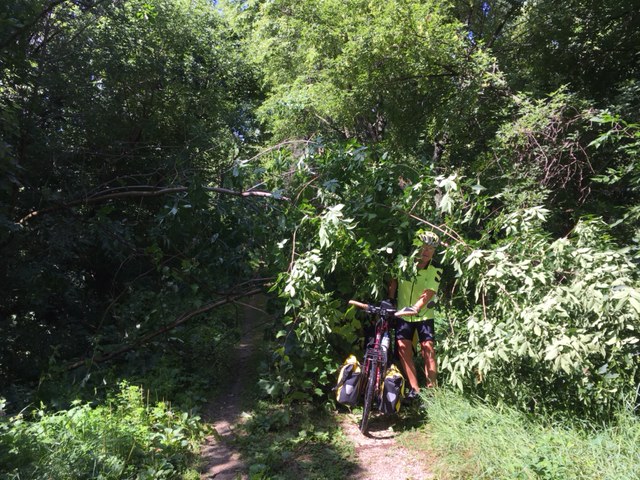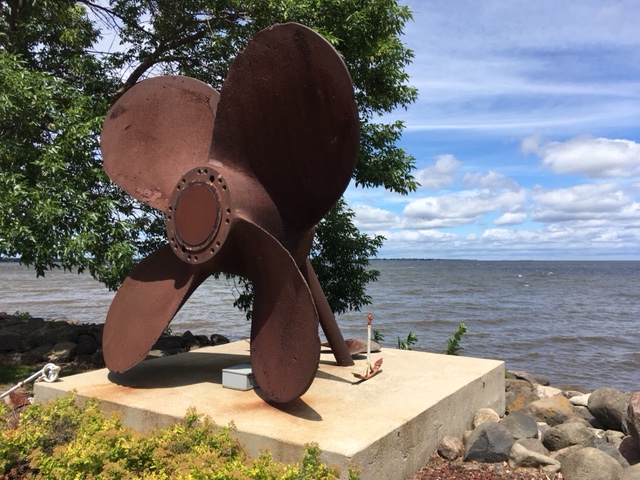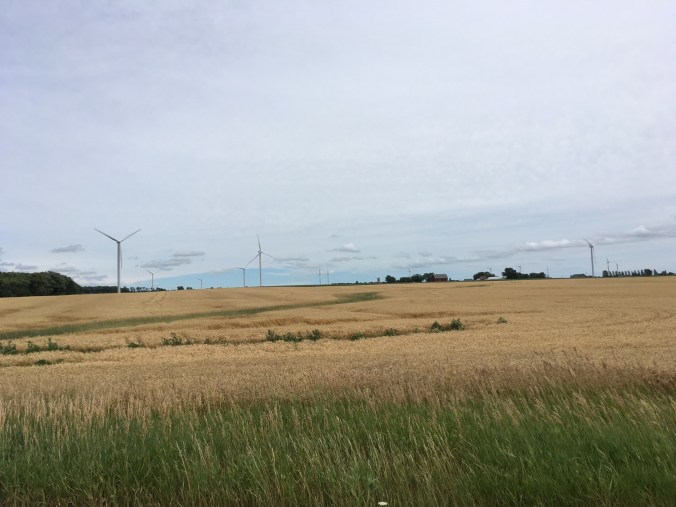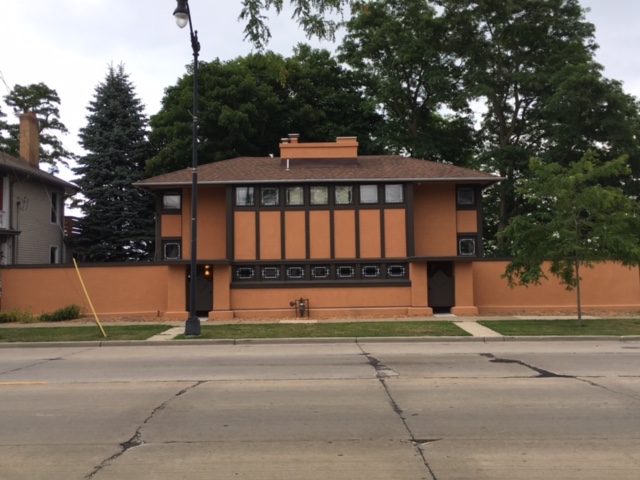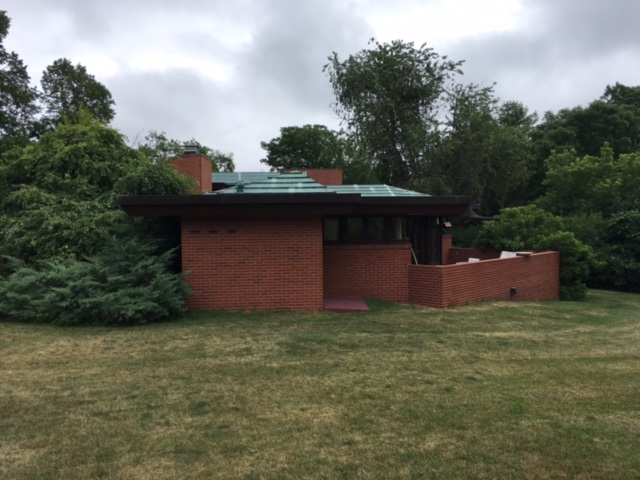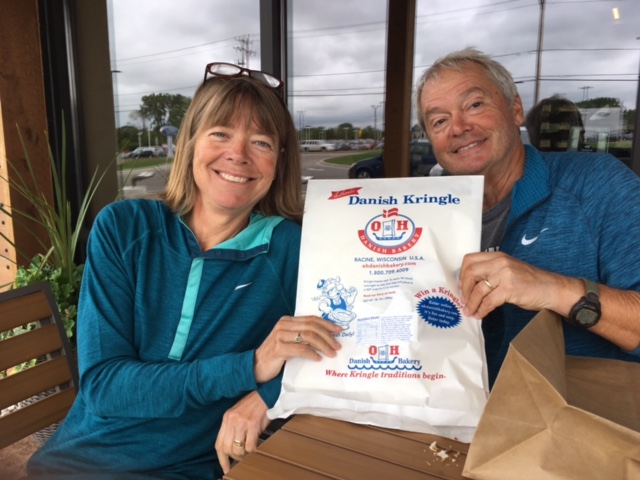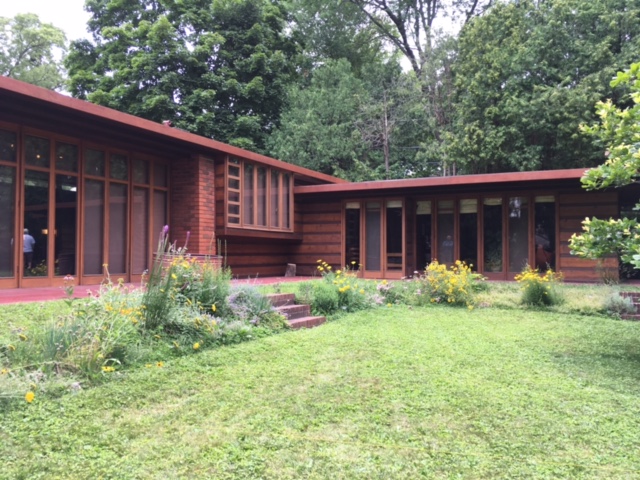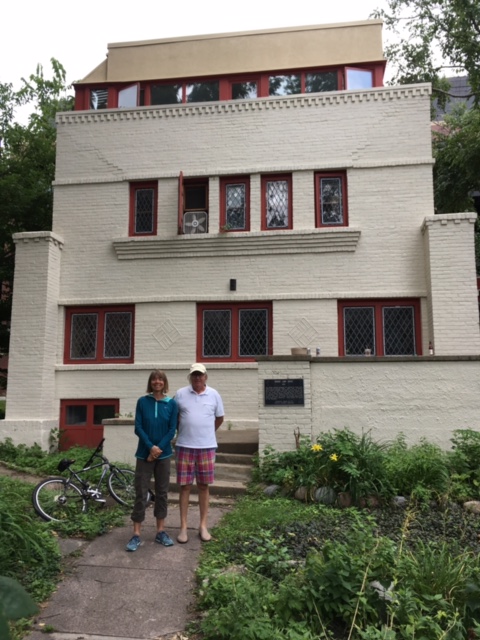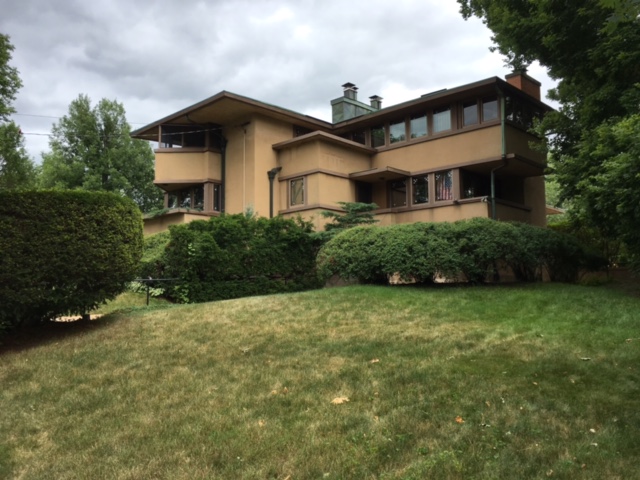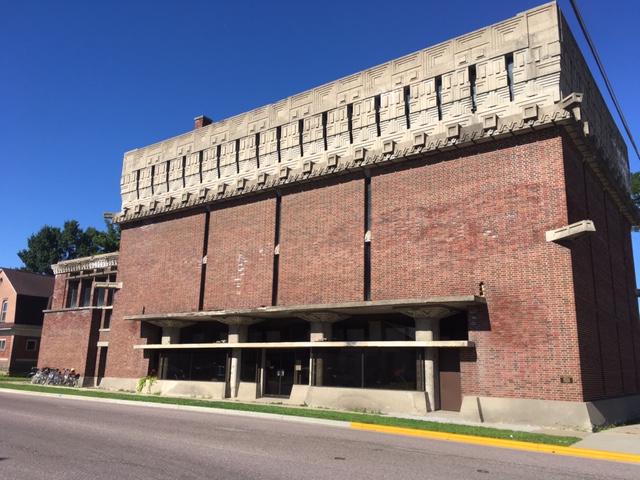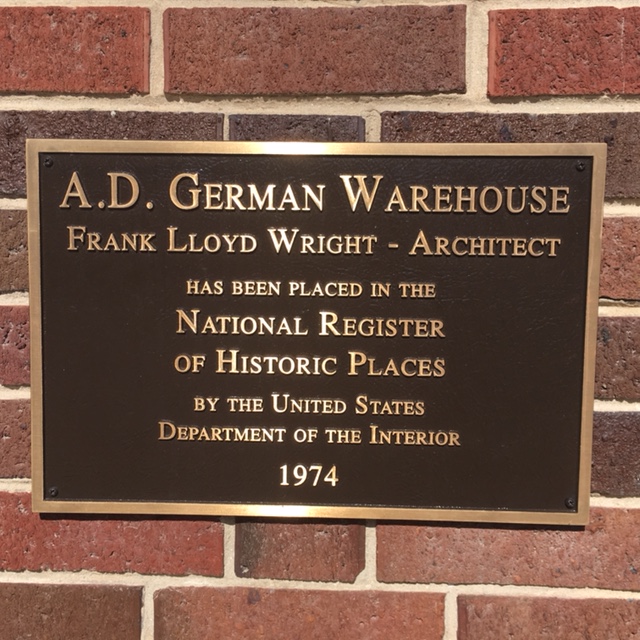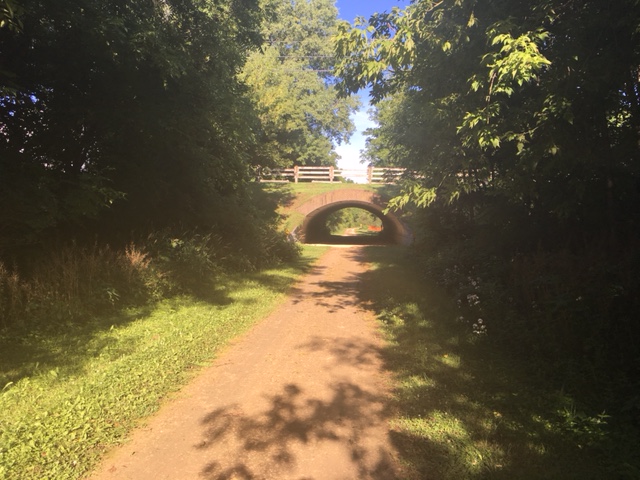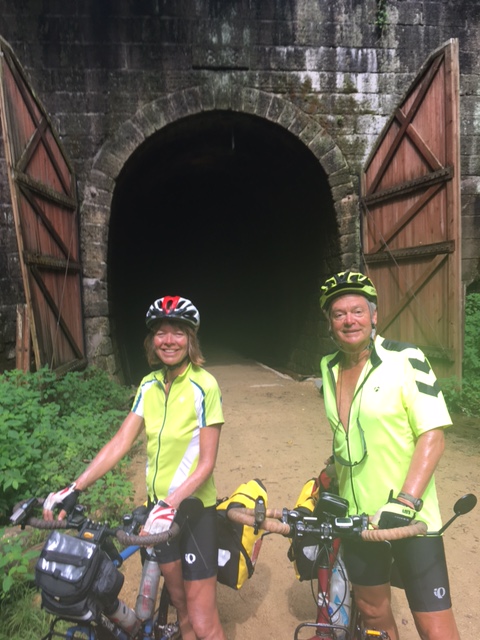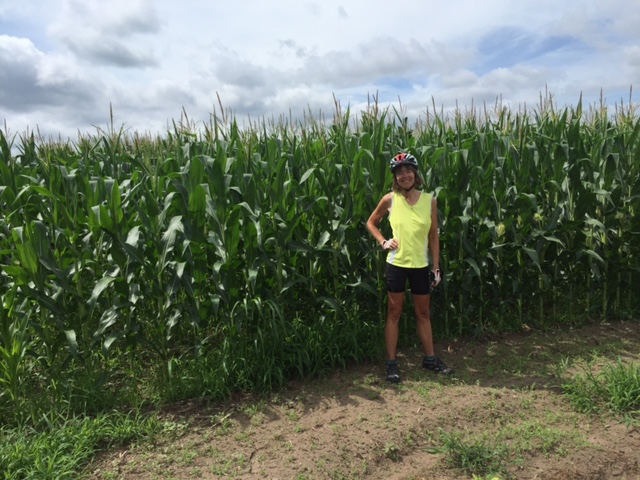25:9. Hint: every single one of you will recognize both things I’m counting.
85 miles. Rolling hills and a wrong turn at the very end that added 6 miles to the trip when we least expected them.
After a busy “rest-day” yesterday we said good-bye to Taliesin and started riding back toward our original planned route in the north. We will rejoin the Northern Tier route at Escanaba, MI where we hope to be on Tuesday. Spring Green is the most southerly point in our journey.
I have been asked several times what my expectations were for the countryside we would be riding through. I can tell you that I had no idea what eastern Montana or North Dakota would be like. I also hadn’t expected so much of our riding to be on relatively busy country highways with trucks, RVs and pickups hauling heavy loads. But today was a day much as I had imagined we might be having.
It was almost a picture perfect day. It started out cool — we actually had to put jackets on — and the fog was lifting picturesquely over the pond at Taliesin and the Wisconsin River as we started our ride at 6:45 am.

It was a little chilly when we started today.

And the fog was lifting over the water of both the pond at Taliesin
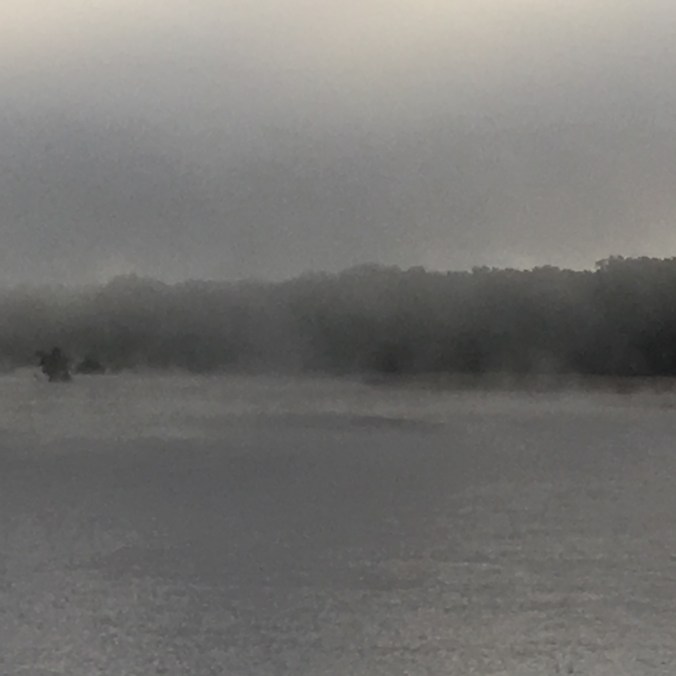
and the Wisconsin River just around the corner
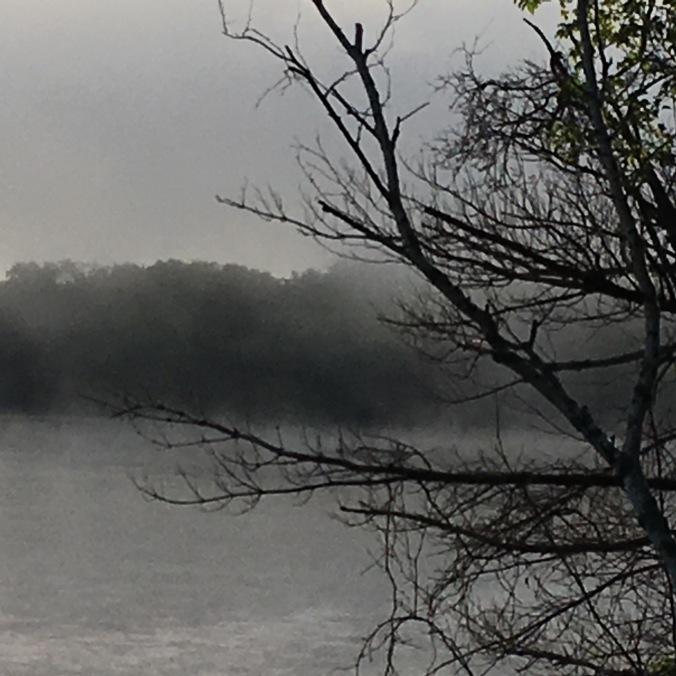
This looks kind of spooky but the weather clearly up shortly after this photo was taken.
The fog quickly lifted and soon we were riding under crystal clear skies that turned partly cloudy toward the late afternoon with beautiful, fair weather cumulus clouds. The temps maxed out at about 90 degrees, but it never really felt too hot.
For the most part we were riding on quiet back-country roads imaginatively named County Road T or V or S with a couple of Mueller or Lange roads thrown in. There was little traffic, which was good since most of the roads had no shoulders. With the exception of some stretches that had annoying expansion joints, the riding was smooth and enjoyable. There were rolling hills for the whole day, with as many downs as ups so we got to coast as much as we climbed. The wind was calmish and coming from the south, so we enjoyed a slight tailwind during parts of our day as we zig-zagged first north then east then back to north, etc. for the day. It was fun to switch it up a bit, rather than being on the same road all day long.
I found the scenery today very, well, scenic. We were riding through lots and lots of corn already silking out, wheat that is very heavy on the stalk and about ready to be harvested, some soy beans, and hay that was being turned as we biked by, enveloping us in its aroma. Some of the corn fields were bordered by beautiful wild flowers including corn flowers, Queen Anne’s lace, Black-eyed Susans and alfalfa. As we biked I was thinking that with the addition of some vineyards, this area could be sold as the American Tuscany. We even saw some sunflowers!

The scenery today reminded me of Tuscany

Lots of corn with beautiful farms and dairies. We saw many fields with lone oaks in the middle. I was so happy to see that the farmers took the time and effort to plant around these gorgeous, old trees. Many of the fields were bordered by beautiful wild flowers.
We also passed numerous dairies. The area seems much more financially stable than some other parts of the US we’ve biked through. The farms are well maintained and beautiful and I think we passed only one establishment that was permanently closed. Interestingly, even though we were still biking in the country, we saw folks walking their dogs, a couple of joggers, and some cyclists out for day rides. Maybe this is more of a function of today being a Saturday, but I think it also has to do with the area not being dedicated 100% to agriculture.
We were entertained for a bit by a barn cat and her romping kittens and saw the usual numerous bird populations: herons, geese, ducks and songbirds. We also saw the saddest thing on our trip to date: a poor chipmunk pulling itself across the road by its front legs; its back legs were dragging behind it. It must have just gotten clipped by a car. Heart breaking.
We had lunch in the shadow of a quite large Catholic Church, St. Joseph, and passed a historic one-room school on the way.

We saw the steeple of this church for miles, but weren’t 100% certain whether it was a steeple or the tip of a pine tree.
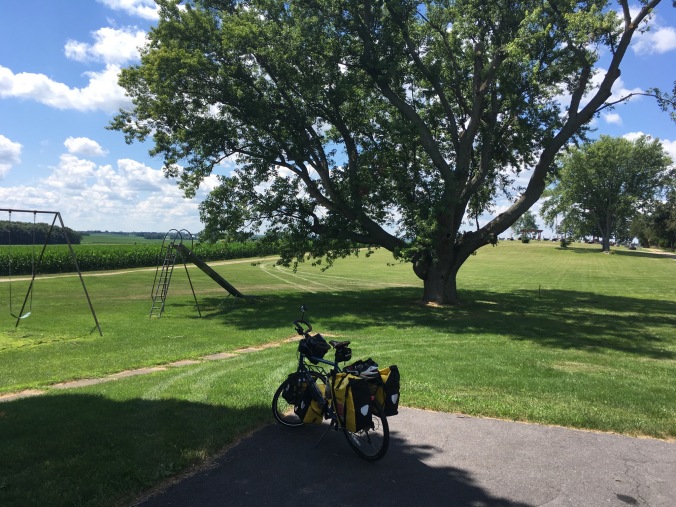
Our scenic luncheon stop. We had picked up a sandwich at Subway on the way, which was a good think because we would have gone hungry had we relied on restaurants or groceries after the Subway. The next opportunity for food was at our destination of Beaver Dam.
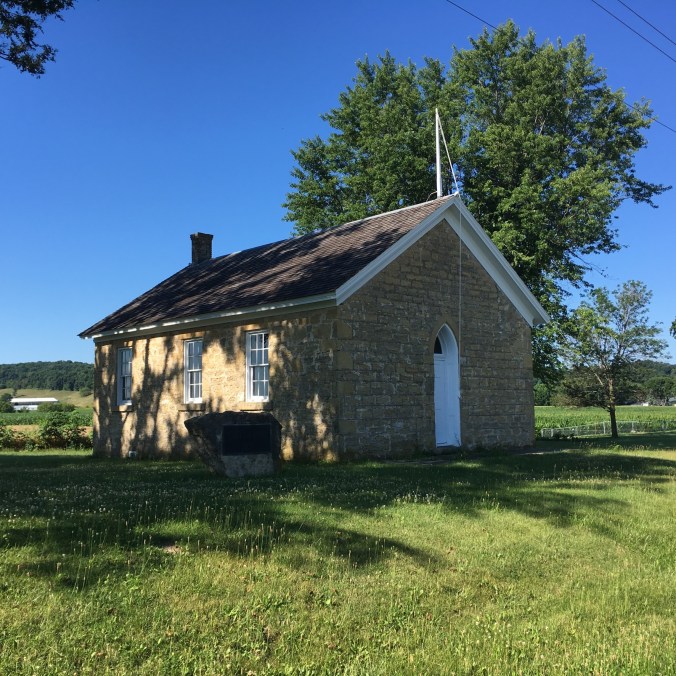
Historic one-room school house.
The neighborhoods of the two towns we rode through were also very picturesque and upscale and included a few old Victorian houses.

One of the Victorians we rode past.
All in all, it was a perfect day for a bike ride and the scenery was enjoyable and interesting. The only downside came at the end when we turned right instead of left just a few miles from our destination for the day. By the time we realized what we had done, we had biked three miles into a head wind. So we turned around and biked seven miles to our motel in Beaver Dam, this time with a tail wind. When we got here we were pretty well pooped. So we took showers and then had chocolate malts at a family restaurant next door. We look forward to dinner at a neighboring sports bar and catching up on emails and reading. We continue to follow the news from Turkey. Luckily, Stuart has not personally experienced any hardship associated with the attempted coup and the meetings he was there to attend will continue tomorrow after a break today.

A word of encouragement en route.
